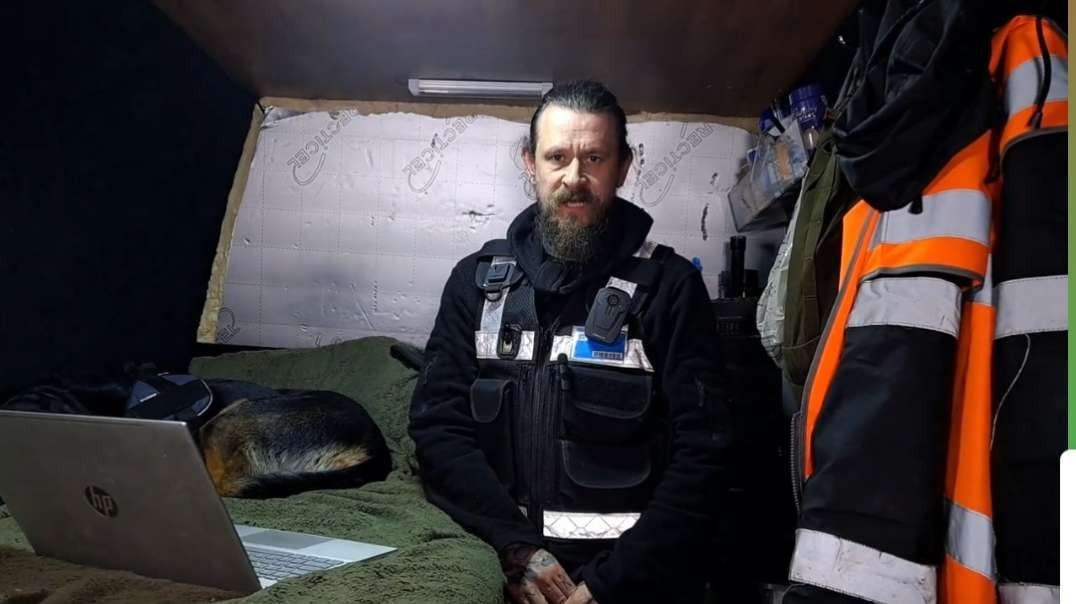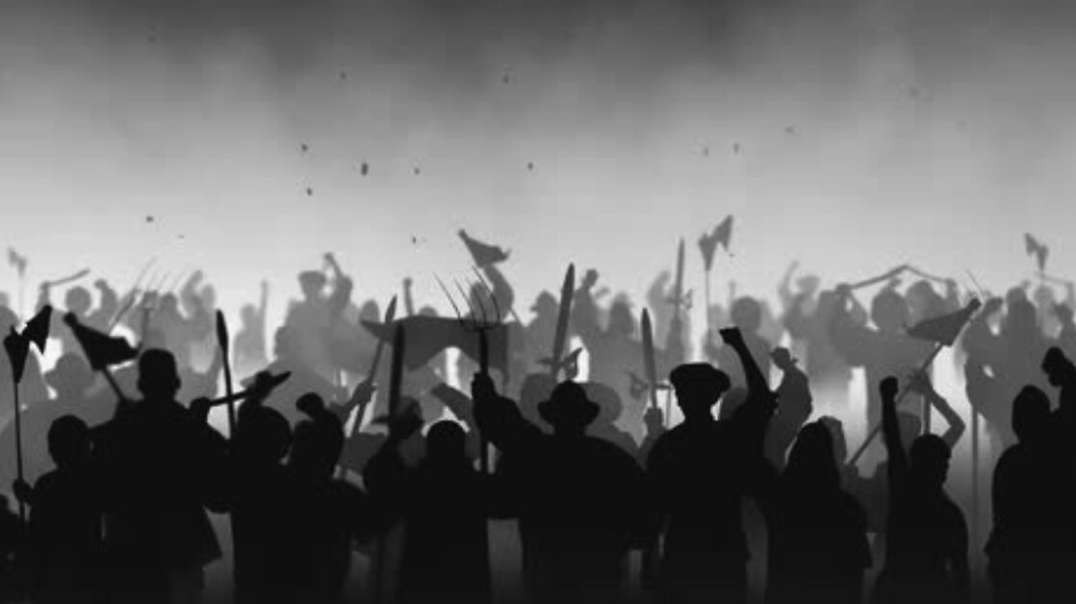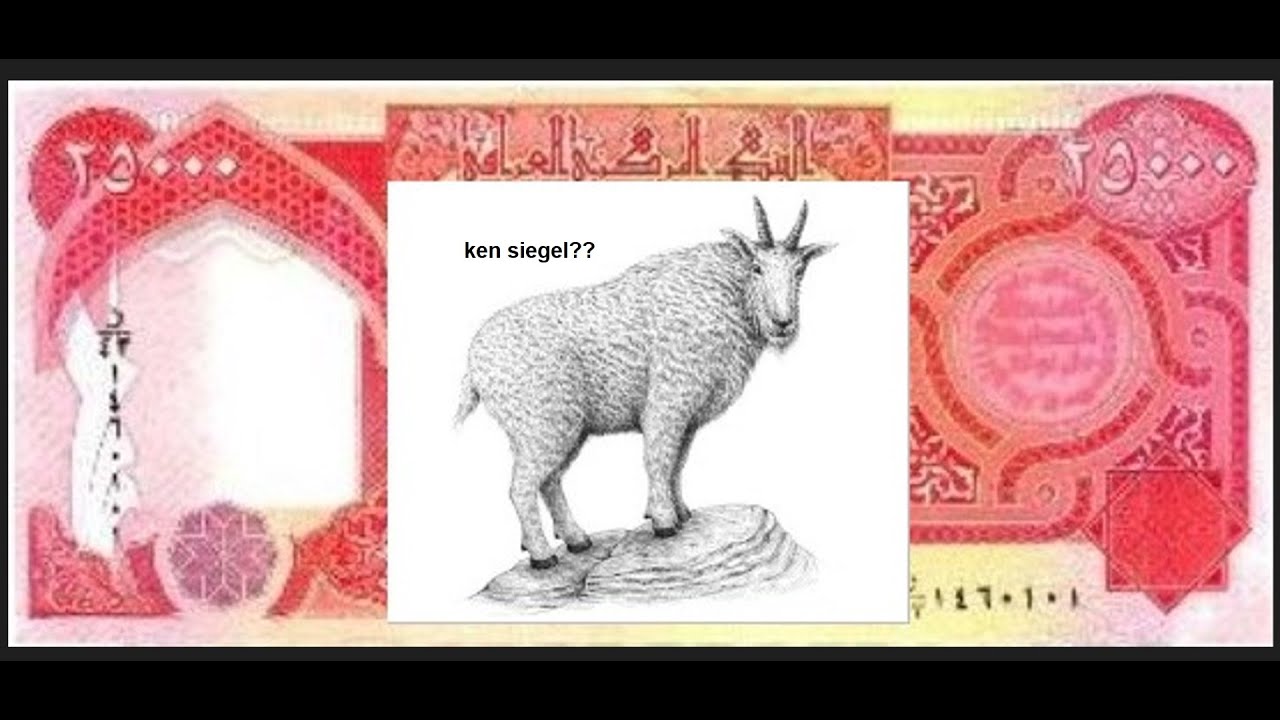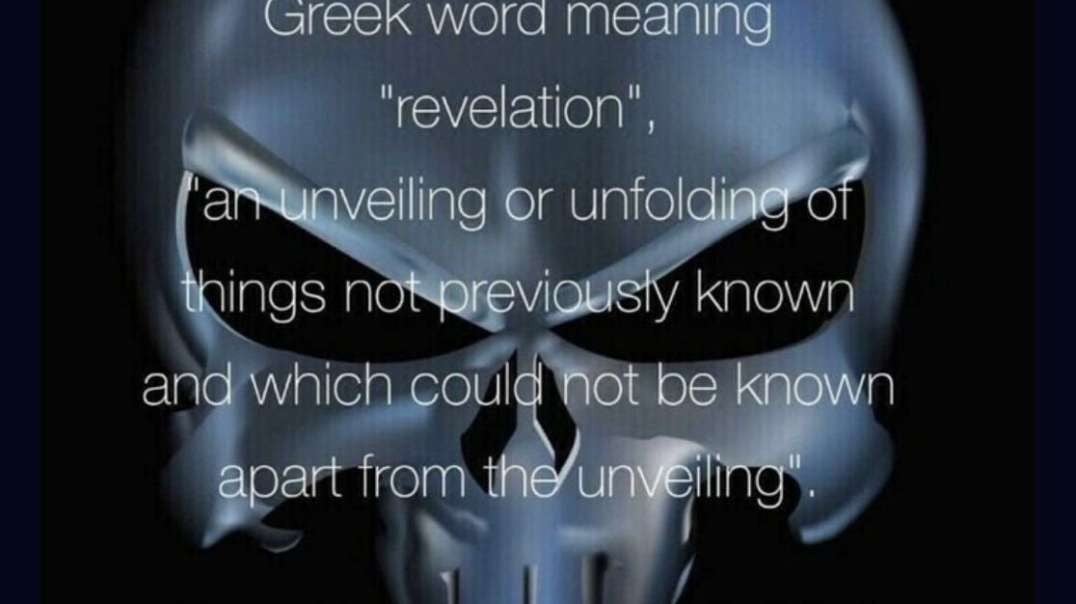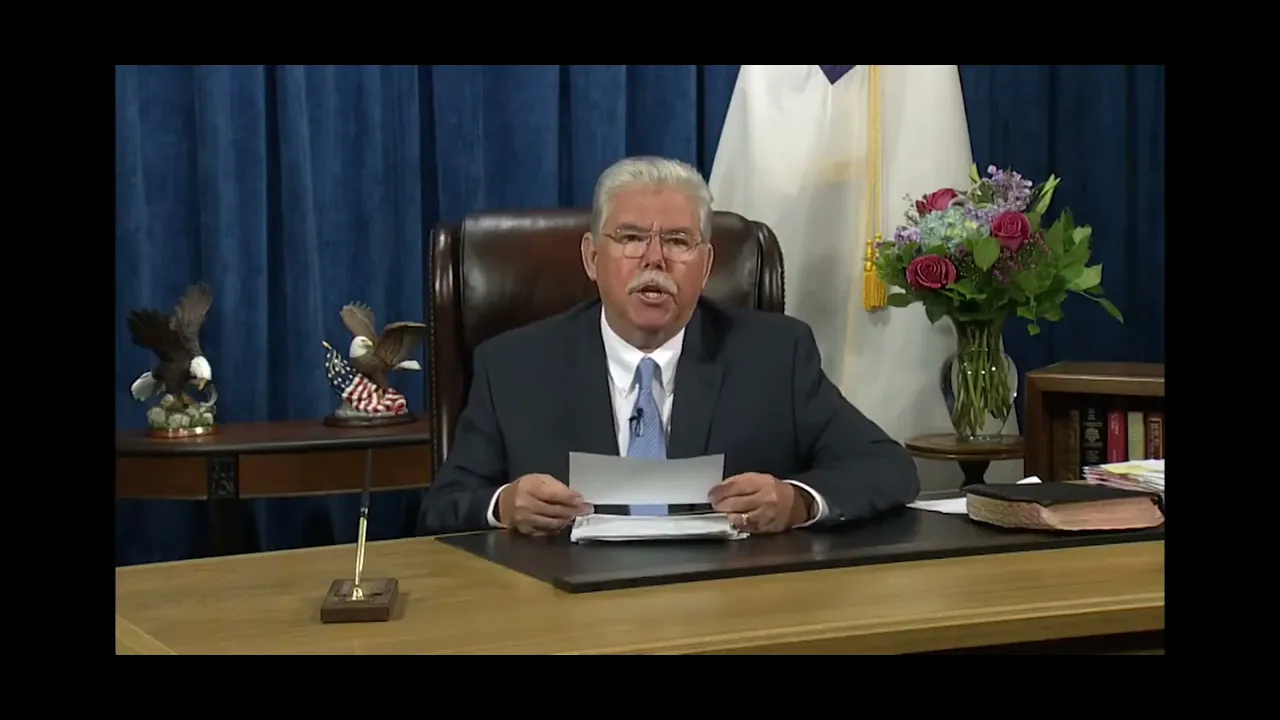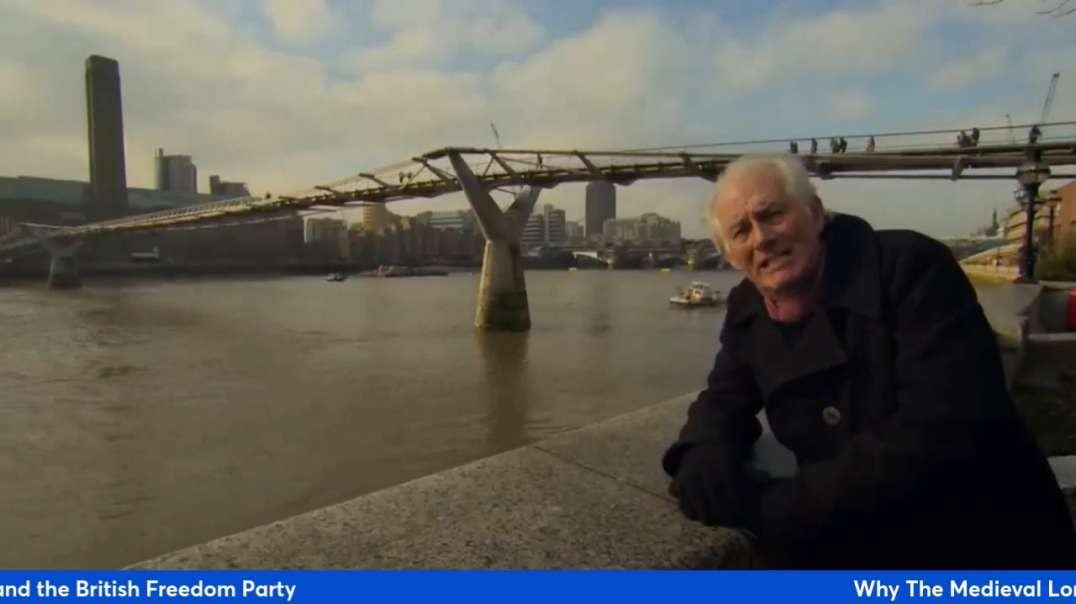Scientists At This Abandoned Village Found Dark Evidence Of What Medieval People Did To The Dead
Do not forget to visit the channel WATCHJOJO ANIMALS https://goo.gl/438CPy
contact us at:[email protected] http://watchjojo.com
**************************************************************
What we do with our dead says a lot about the civilization in which we live. It’s a window into the customs and superstitions of a culture. Now, researchers investigating an abandoned village in North Yorkshire, England, think they’ve discovered evidence of a medieval practice that sounds like something from a horror movie.
The bones found in the medieval village of Wharram Percy were first dug up more than 50 years ago. But during those 50 years, little research was conducted on the skeletal remains taken from the abandoned settlement. That is, until now. And detailed analysis of the bones has revealed a shocking truth about life in medieval England.
Wharram Percy sits in a little valley in the Yorkshire Wolds, England. And over the course of six decades, scientists have scoured every nook and cranny of the ancient settlement to find out what life was like for inhabitants there more than half a millennium ago. What’s more, the researchers now think they’ve discovered something truly sinister in the bone fragments unearthed there.
At one point Wharram Percy was a thriving sheep-farming community, and this was by no means a small settlement, either. Indeed, there were two manor houses, a number of smaller dwellings and a large church. But in the 16th century the settlement’s inhabitants suddenly began to leave.
A number of different factors are thought to lie behind the decline of Wharram Percy. In particular, farming practices were changing, and the Black Death hit many small rural communities incredibly hard. The village is one of around 3,000 settlements in England that were abandoned during medieval times. Here, six centuries of history were surrendered to nature.
The remains that piqued the interest of modern archaeologists date from between 1000 and 1400 AD, and they were excavated during investigations into the foundations of one of the houses. Those houses are now little more than a series of lumps visible in the green grass that covers the lost village. And, perhaps fittingly, the ruined church is the only structure that still stands to this day.
It’s fitting because when the scientists conducted detailed studies on the bones, they gained an insight into the villagers’ attitudes towards death. The bones belonged to ten different people, both adults and children, and they were found in three pits between two of the houses.
However, these bodies weren’t buried near the church or the graveyard. Instead, they were interred some way from the areas where archaeologists had expected to find bodies. Still, the find wasn’t deemed to be of much interest until scientists decided to run some tests on the remains. And what they found was both incredible and ghastly.
Looking closely at the remains, the researchers found marks on many of the bones. It turned out that they had been burned and, by the looks of things, also hacked to pieces. Moreover, that revelation led to a number of gruesome explanations being put forward for what had happened at Wharram Percy.
That said, one by one, most of those possibilities were discounted. Firstly, scientists considered whether or not the remains showed that starving villagers had turned to cannibalism to try to stay alive. Famine was a very real danger in the medieval era. So was it possible that the remains showed that in desperation the villagers at Wharram Percy had eaten their dead?
The marks on the bones weren’t, however, consistent with butchery. For instance, the corpses would have been cut very differently if they were going to be eaten. The incisions on remains that have been cannibalized are usually situated around the big joints or areas where muscles attach, and that wasn’t the case here.
Next, the researchers wondered if the bones had been disposed of in such a strange way because they belonged to people who weren’t from the village. Perhaps these were the bodies of outsiders. Maybe they’d been buried away from the usual locations because the locals didn’t want strangers in their burial grounds.
**************************************************************
►Image credits: English Heritage
►web: http://watchjojo.com
► SUBSCRIBE US: https://goo.gl/Z4nZcg
► Follow Us On Google Plus: https://goo.gl/JYf9Rr
► Like us Our Facebook Page: https://goo.gl/C5Rv92
► Follow On Twitter: https://goo.gl/PZ2U1R
►Source : https://goo.gl/zR2iyE
►Reference: https://goo.gl/SY9F5D
#watchjojo
